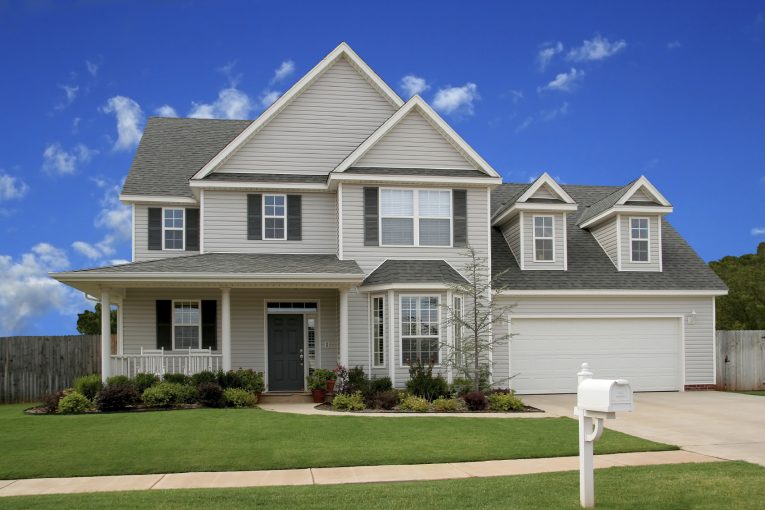The Williamson Source conducted an online housing survey for the last few weeks. We wanted to know how our readers perceive the current housing climate in Williamson County.
Overall, it seems that people feel that housing is increasing rapidly- in price and in development- but only a certain kind of housing. People felt that affordable housing and senior housing are not being developed or available at adequate levels. Almost everyone lives in single-family homes, and almost no one rents, nine out of ten for both. As for why people choose to live here, schools were far-and-away the biggest reason but there were secondary reasons of importance, too, like safety and employment.
On Tuesday, we compared local housing statistics with national statistics, click here in case you missed it.
Breakdown
For starters, 46.2 percent of respondents lived in Franklin, 21.4 percent lived in Spring Hill, 15.8 percent lived in Brentwood, 7.7 percent lived in Thompson’s Station, 5.6 percent lived in Nolensville and 3.2 percent in Fairview.
This lines up roughly with the distribution of population in the county.
Franklin’s population is 68,886, making up about 42 percent, Brentwood is 40,021, making up about 25 percent, Spring Hill is 32,576, making up about 20 percent, Thompson’s Station is 2,716, making up about 1.6 percent, Nolensville is 6,213 makng up about 3.2 percent and Fairview is 8,086, making up about 5 percent.
Overwhelmingly, the survey was made up of people who live in single-family homes, about 88 percent of responses.
About 5.6 percent lived in apartments and 6.2 percent lived in condos. These numbers are quite different from national numbers. According to Census.gov, 31.7 percent currently rent in the U.S.
About the same percentage of people in the survey owned instead of a rented, with 88 percent owning or mortgaging a home and 12 percent renting.
We asked why people chose to live here:
Almost two-thirds of respondents said schools were a driving motivation.
But safety, employment and culture were also important reasons, each being checked by about 30 percent of people.
A plurality of people live in a home with a value between $200,000 and $300,000, at 27.2 percent of responses. 23 percent lived in a home valued between $300,000 and $400,000, 14.8 percent between $400,000 and $500,000, 15 percent in a home between $500,000 and $600,000 and 10.8 percent in a home valued more then $700,000.
Of people who rent, two-thirds said that their rent has increased in the past two years.
Of those two-thirds, most say the increase has been by more than 10 percent, with 20 percent saying their rent has gone up by 25 percent or more.
Nearly 39 percent of people have lived in their current home for at least eight years. But almost as many (36.1 percent) have lived in their current home for less than three years.
Whether established or just moved in, 89 percent of people felt that the value of their home has increased since they moved in.
The housing market itself is causing value to rise, but more than 50 percent of people either have made improvements in the past 12 months or plan to in the next 12, with 32.3 percent having made improvements and 25.7 with plans to make them.
Overall, the perception is that housing- price or development- is rapidly increasing. More than half (53.8 percent) of people felt this way.
Paradoxically, a fair number of people felt that there is not enough senior housing (40.5 percent), and only 4.5 percent of people felt that there was “plenty” of senior housing. However, 34.9 percent had no opinion.
More than half, also, felt that there was not enough affordable housing (56.1 percent) with only 8.3 percent feeling that there was “plenty” affordable housing.
[scroller style=”sc1″ title=”More News” title_size=”17″ number_of_posts=”4″ speed=”300″]




















